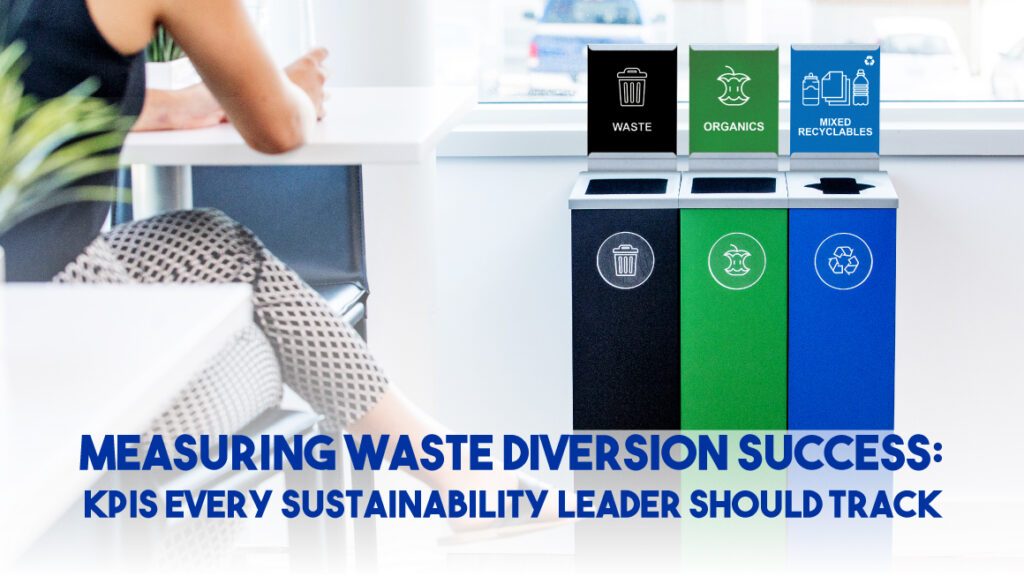Believe it or not, the question ‘air or paper?’ has been debated for years. Paper companies and dryer manufacturers have repeatedly seized opportunities to discredit one method over the other in order to capitalize on the lucrative public hygiene market. To give you an idea of the size of this market, it was previously estimated that in 2020, the world would buy roughly $4 billion dollars’ worth of paper towels and hand dryer sales would jump to $856 million!
Now, in the midst of a pandemic as institutions focus efforts on implementing contactless restroom facilities, which option is the safest in preventing the spread of viruses? For those same organizations who keep sustainability at the forefront of purchasing decisions, which option makes the most sense for collection programs and diversion statistics?
The answer is not as clear-cut as it may seem.
Many, dare we say most, colleges and universities seem to prefer air dryers over paper towels for a variety of reasons. Air dryers do not need constant refilling, no collection containers require servicing, they cannot be used to plug toilets and students are unlikely to steal them for other purposes. We also cannot forget that besides the initial cost of purchase, installation and energy cost to run them, air dryers tend to be more financially feasible. On the sustainability front, air dryers are seemingly the more responsible choice as well. However, keep in mind that the cool, high-speed dryers are more efficient than warm air dryers and older models.
But what about hygiene?
If any message has been consistent around the world recently, it is the importance of hand hygiene. We know that the proper washing and drying of hands is essential to help prevent the spread of diseases and help reduce infections. Some studies indicate that, especially in the healthcare industry and medical environments where hygiene is critical, paper towels are the preferred method to remove bacteria from hands and reduce washroom contamination. For those managing other public spaces, providing paper towels may also be an intentional public relations choice as studies suggest that paper towels are the favored choice for hand drying. In addition, they also provide the added service of being used to turn off faucets and open and close door handles. These functions, while requiring maintenance commitment, are things that students, employees and customers might appreciated being provided.
In this day in age when we want not just our hospitals, but our schools, shopping malls, offices and other public spaces to be as hygienic as possible, does this mean that air dryers are out, and towels are in?
It is up for debate and this is sure to be a heated topic amongst Facility Managers, Faculty, Sustainability Coordinators and the like for the next while. As we mentioned, sanitation supplies are a lucrative business for suppliers and some critics cite that many of these companies sponsor studies to put one hand drying method in front of the other. That said, organizations are certainly dealing with a new reality on restroom management so it is expected that many facilities might change how they deal with restroom procedures.
If your organization is considering making the switch to paper towels in the future, there are likely a few hurdles to overcome and plan for. From a procurement perspective, additional collection containers may be required along with towel supplies to service students or customers. From a sustainability angle, some regions allow for paper towels to be composted, for other regions and schools, compost collection might be non-existent, cost-prohibitive and/or not efficient for maintenance teams. It is also arguably true that diversion statistics are often better with the absence of paper towels as they are typically near the top of lists as items that increase cross contamination rates.
However, these hurdles could also lead to desired change if you are on the paper towel side of the debate. For instance, there could be opportunity to work with suppliers for effective and reliable products to help with the switch, such as automatic paper dispensers to help manage costs and waste. For Sustainability professionals, the challenge of implementing a communication and collection plan to successfully divert paper towels is one that could be exciting to some Sustainability Teams. Finally, the case for hygiene seems to be a strong one, as besides health and safety benefits, it could offer an opportunity for public health and safety messages to your organization.
What do you think? Are these concerns just hype from competing manufacturers or factors to the decisions and your team will make? How will your school address restroom sustainability issues as we enter the post-pandemic world?
Sources:
https://www.theguardian.com/society/2019/apr/25/hand-dryers-paper-towels-hygiene-dyson-airblade
https://www.health.harvard.edu/blog/the-bacterial-horror-of-the-hot-air-hand-dryer-2018051113823
http://facilitymanagement.com/restroom-paper-towels-air-dryers/



